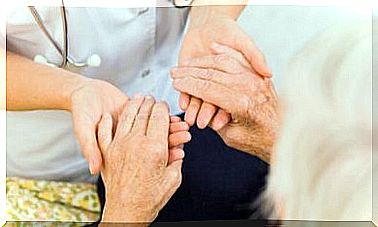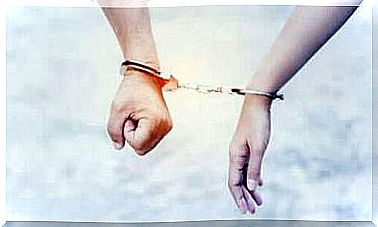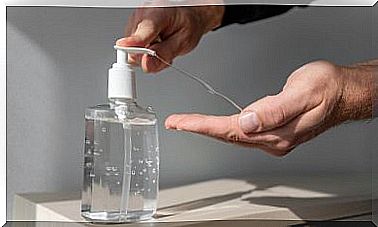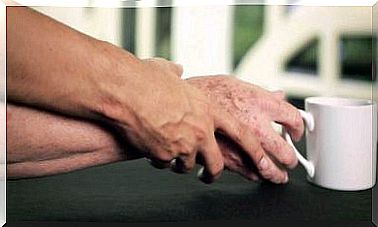Repetitive Injuries In Sports: The Case Of Hazard
Real Madrid footballer Eden Hazard suffered a new problem that will put him out of competition for a while. The case is paradigmatic because it refers to repetitive injuries in sports, in this case soccer.
The athlete in question has accumulated 9 injuries in his time with the Spanish team, which worries all his relatives and those involved in his career. This recent one is a muscle tear that, it is calculated, will leave him without games for almost a month, in the best of scenarios.
As the doctors who treat him correctly state, it seems that the previous clinical history is related to this last loss, which opens the door to the question of repetitive injuries in sports. Are frequent? Do they complicate evolution? Can they be easily recovered?
Hazard’s injury
What has been reported is that the Belgian Real Madrid athlete suffered a tear in the left anterior rectus. This is one of the muscles that make up the quadriceps, that powerful mass in the front of the thighs. Along with the crural, the vastus lateralis and vastus medialis protrude between the hips and knees.
For soccer players, the quadriceps is key, due to the movements that are required of it to handle the ball. So much so, that the anterior rectus tear is considered one of the most feared situations in football. If its frequency is high, we are facing one of the repetitive injuries in the sport with the worst prognosis to return to the courts.
In reality, anyone can have a rectus anterior tear, but athletic risk factors are undoubtedly higher. When a footballer kicks a stopped ball, collides with the leg of an opponent or performs an explosive run, he faces wear and tear on the quadriceps.
For its part, we must say that a muscle tear is a break in the fibers, which can have different degrees. We do not know specifically what category of diagnosis Hazard has, but we will now delve into the clinical possibilities.
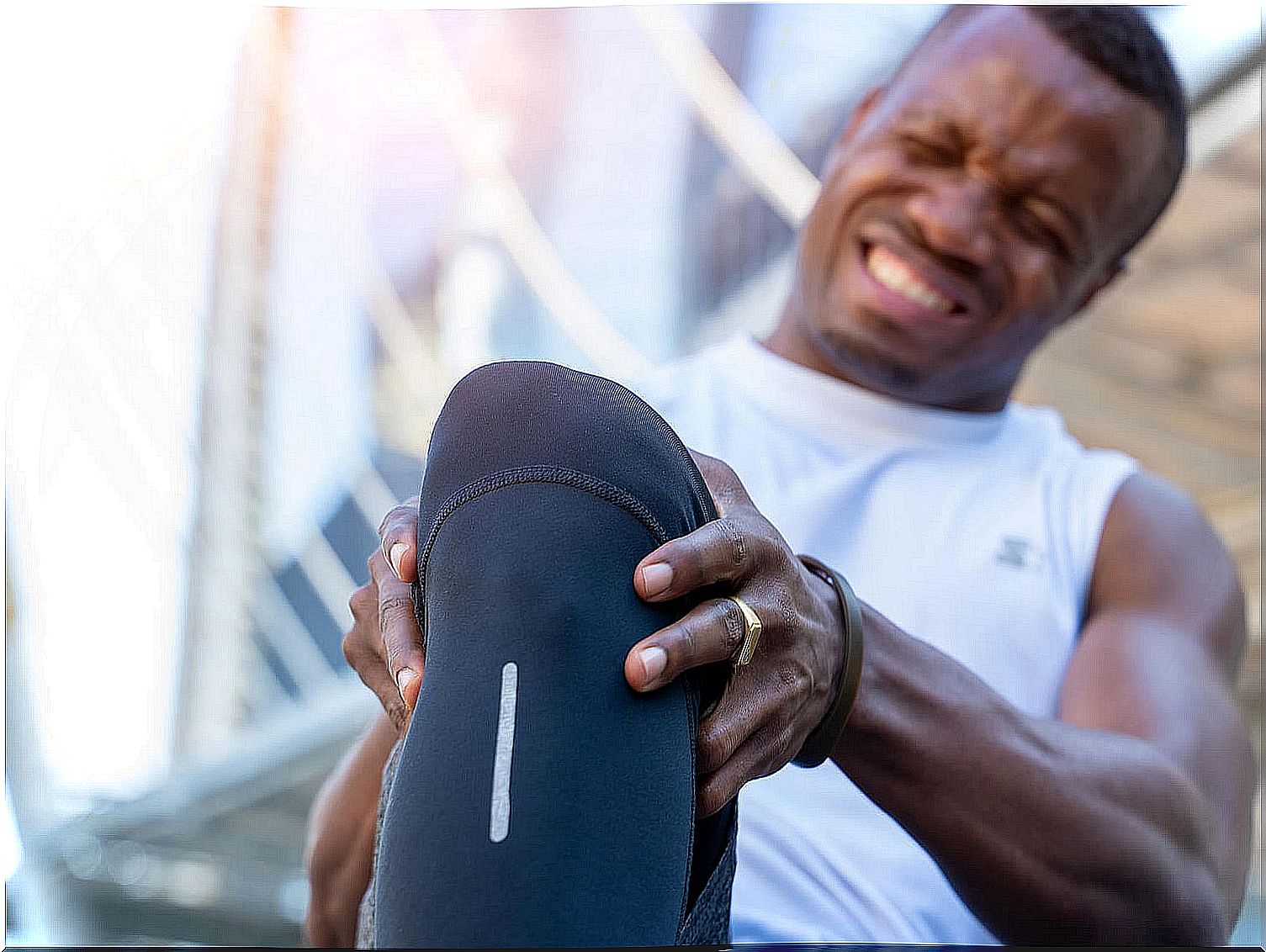
Degrees of muscle tear
There are different classifications on the degrees of muscle tear. They vary between different authors and researchers. Anyway, one of the most accepted is the one that raises 4 different levels of severity. There is a coincidence, as we will analyze later, that any break favors repetitive injuries in sport, with recidivism of the same or a similar disorder.
The degrees of muscle tear, then, are the following:
- First degree: it is a small tear or micro-tear of the fibers that does not affect more than 5% of the muscle. It is difficult to detect on an ultrasound because of its tiny size.
- Second degree: for this degree it is necessary to corroborate a separation between the fibers of less than 3 centimeters, although without compromising the fascia, which is the bag of aponeurosis that covers the muscle tissue.
- Third degree: here the fascia is involved and the tear exceeds 3 centimeters in involvement. It is disabling, is often accompanied by a bruise or collection of blood visible through the skin, and may require surgical drainage.
- Fourth degree: the most serious. The entire muscle is separated into one region and the tear is complete. In addition to the hematoma, there is a bulging of the skin due to the amount of fluid that accumulates immediately. It is only approached with surgery.
What favors repetitive injuries in sport?
Beyond Hazard’s case, when multiple bone and muscle disorders accumulate in an athletic career, there are frequent repetitive injuries in sports due to a series of risk factors. These are most noticeable among people who train extremely and who develop in elite professional fields.
Soccer players on top teams have exercise routines that force them to rise to the occasion. Despite having specialized medical teams in sports medicine, injuries sometimes occur due to the accumulation of risk factors.
Among these we can mention the following:
- Muscle condition: there are people with better and worse condition of the osteo-myo-articular system. This is related to genetics and the composition of muscle fibers, as well as the type of training that was carried out since childhood or adolescence.
- Breaks and training: strenuous days of exercises, the demands to meet certain goals imposed by elite sport, and poor warm-up and cool-down routines predispose to injuries, as well as their repetition throughout a professional career.
- Overtraining: related to the previous point, a person may have the best possible medical advice in terms of care, but periods of demand accumulate that take the body to the limit or beyond. In football this is linked to very close dates between matches, for example.
- Previous injuries: the presence of a previous disorder favors the appearance of repetitive injuries in sport. Knee and ankle sprains, for example, recur regularly. The joints are weakened and cannot withstand the same pressure and impact forces as before.
Repetitive injuries in sport affect the athlete’s life
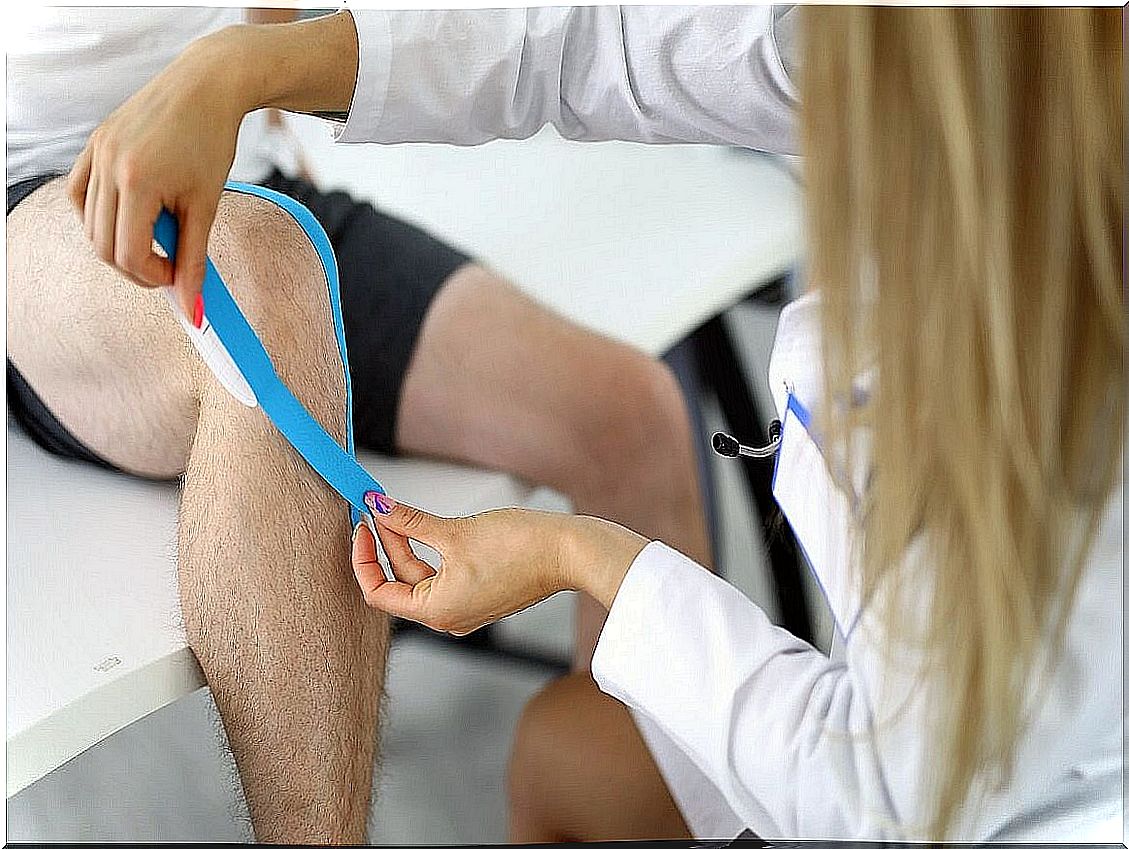
If we take the statistics of muscle problems in soccer, we will realize that repetitive injuries in this sport affect the quality of life of athletes, but also their projections for a professional career. Days off the pitch mean a loss of fitness and value in the passing market.
Among soccer players, 25% to 30% of all injuries sustained are to the muscles. Specifically, the most torn are the quadriceps. The gastrocnemius and hamstrings are also counted here.
Recovery is very important in this context and, therefore, for repetitive injuries in sport, physiotherapy plays a key role. There are various boarding techniques, but it is always intended that there be a safety margin to indicate the return to activity.
In general terms, recovering Hazard’s case, we will say that for muscle tears there is an average of 15 days of inactivity if the injury is of the first degree and up to 3 months for complete tears. Doctors usually recommend, in the case of an anterior rectus tear, that the knee width be confirmed without pain and that the typical sports gestures can be performed without discomfort.
What happens after returning to the court? It is very likely that elite footballers have a more than adequate rehabilitation and do not suffer pain when they return to training. But it is also true that the fibers have healed and that they will not have the same resistance or amplitude as in the beginning.
The risk of re-injury exists and cannot be underestimated. What is known as repetition of the sporting gesture is what favors the overload of the tissues that have changed due to a previous disorder. It is about repeating the same movements over and over again, as happens when kicking a ball.
Hazard’s case seems to refer to repetitive injuries
In short, the paradigmatic case of Eden Hazard seems to respond to a pattern of repetitive injuries in sport. Undoubtedly, Real Madrid will have an adequate medical and physiotherapy team for the approach, but this does not mean that risk factors for recidivism are present.
We do not know what is the degree of muscle tear in the athlete’s left anterior rectus, but we can imagine that the month of rest represents an unavoidable precaution. For all this it is important to pay attention to the signals of the fibers when they warn us of an overload or fatigue.




